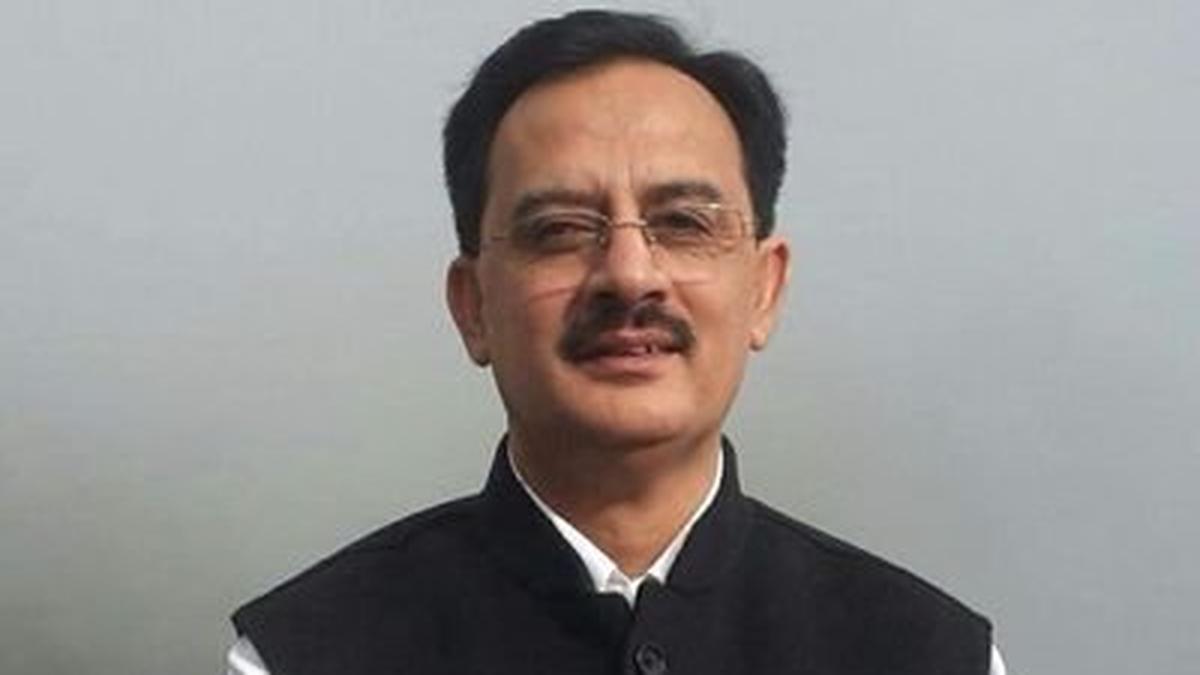Copyright Forbes

Graduate and professional school students are about to experience an unprecedented funding gap. Thanks to One Big Beautiful Bill’s elimination of the Grad PLUS loan program – which allowed borrowing up to the cost of attendance – and corresponding new limits on unsubsidized Stafford loans, there’s a now gaping hole for aspiring doctors and lawyers who don’t have hundreds of thousands of dollars sitting around to pay skyrocketing tuition. The new federal student loan limits – $50K annual, $200K lifetime for professional programs, $20K annual, $100K lifetime for graduate programs – are well below the cost of attendance at most professional schools and many grad programs. For med school, the median 4-year cost of attendance is $286K (publics in-state) and $391K (privates). As a result, starting next year med students will face an annual gap of $20-50K. Parents could help by taking out Parent PLUS loans – newly capped at $20K per year and $65K per child – but lots of parents of grad school-age students can’t. And if we believe that kids from non-rich families should be able to grow up to become doctors – or dentists, vets, pharmacists, midwifes, psychiatrists, therapists, lawyers, criminologists, social workers, economists, data scientists, architects, librarians, or clergy – they shouldn’t have to. The only alternative is private loans. The problem is that current grad school offerings typically require a credit score above 680 and income above $30K. (Although lenders were once happy to funnel home loans to 20-somethings with little to no credit history, no income, no job, and no assets – so-called NINJAs – more prudent underwriting heads have since prevailed.) These criteria aren’t nonsensical; students who meet credit score and income thresholds are highly likely to repay. Unfortunately, few aspiring doctors, dentists, or lawyers meet both. So we need new lenders willing to bet on students who hope to become doctors – or dentists or lawyers – and repay. And that means credit willing to take on greater risk than a 680 FICO score and $30K+ income. This is a data problem: how can lenders assess the credit risk of prospective graduate and professional school students and gain confidence loans will be repaid? The data shortfall is exacerbated by the rise of Grad PLUS itself. Chris Keaveney of Meritize – a lender to students enrolling in skills-based training programs – notes that given Grad PLUS’s lack of underwriting standards, “private lenders could not (or would not) compete with government approval criteria, pricing, and loan repayment features.” For nearly two decades Grad PLUS crowded out private loans. Crowding out yielded a data desert. According to Ken Ruggiero of Ascent Funding, one of the few active originators of private student loans, “up until the launch of Grad PLUS in 2006, grad school lending was efficient. For programs that were in existence, there was plenty of data to underwrite the programs.” But no longer. In order for lenders to establish new underwriting standards, we need: (1) more data; and (2) better ability to assess the data. We need algorithms to predict future earnings of graduate and professional students. MORE FOR YOU This is a chicken-and-egg problem. Generating new loan data requires capital for new graduate and professional school loans – lend, then see how the loans perform. But who in their right mind is willing to risk capital without data? Perhaps Sallie Mae, which in the wake of Grad PLUS has begun signing agreements to explore alternative financing solutions for graduate and professional schools. But a publicly traded company with quarterly earnings targets is unlikely to be first in line for above-market risks and/or below-market returns. The first stop is schools themselves. They’re in the best position to ensure students succeed. But the quantum of available capital is limited as only the wealthiest institutions can afford it. Most graduate and professional schools – or the universities they’re attached to – rely on tuition to fund current operations. They can’t afford to take an IOU or underwrite a significant part of a loan. The next bet to prime the pump is mission-aligned capital. With the end of Grad PLUS next year, medical school, dental school, and law school leaders are paying close attention. Deans of programs categorized as “graduate” and subject to the lower $20K limit are already panicking. But if they want to avoid a future without loans, they need to activate their professional associations e.g., AMA, ADA, ABA, APA. Associations don’t have big balance sheets themselves, but they do have the resources, reputations, and reach to mobilize mission-aligned lenders like Community Development Financial Institutions (CDFIs) and banks tapping Community Reinvestment Act (CRA) funds. Graduate and professional school stakeholders should be working hard to ensure these sources of below-market-return capital are alerted, assembled, and activated so that medicine, dentistry, law, and the rest don’t become exclusive domains of the wealthy. Want to reestablish a working private loan market for graduate and professional schools? We’ll need both institutional and mission-aligned capital. That’s the path to workable algorithms to restart private loans for graduate and professional education. As to how to structure them, Jeannie Tarkenton of Funding U, a pioneering provider of private no-cosigner loans for undergraduates, suggests a similar blended model for grad students: 1. Risk share agreements, where schools agree to be on the hook for a portion – perhaps a small share – and are paid back only if the student repays the loan in full; then 2. Mission-aligned capital serves as "first loss capital,” which can be used to cover loan losses if they occur; then 3. Banks provide senior debt: the capital used to fund most of the loan. If the student borrower is low- or moderate-income, CFDIs or the CRA division of banks may be incentivized to provide the senior debt, often at favorable rates to align with regulations. “With these risk protections in place,” says Tarkenton, “traditional lenders can participate in the financing as ‘senior lenders’ and achieve the necessary leverage to scale lending.” Ascent’s Ken Ruggiero agrees: “If others are willing to share in the risk of the outcome, we can fund graduate and professional school students who won’t qualify for a loan based on their current credit score or their future income.” Equally important is how these loans will be serviced – both initially with prime-the-pump capital, and ultimately in a functioning credit market. To date, loan servicing has been about harassing students to repay. But the re-emergence of private graduate and professional school loans will necessitate a new kind of private loan servicer: one that actually helps students get jobs. This, in turn, opens up a third tranche of below-market capital to further reduce risk and spur market lenders: “employer-sponsored capital,” where employers help pay down loans over time as students remain employed. One silver lining to Grad PLUS’s demise is that loan servicing could become less haranguing and more helping – helping students land and maintain good jobs. There are other silver linings. Grad PLUS was out of control. Since the program’s origin in 2007, it mushroomed to over $14B in new loans each year and well over $100B in student debt. Last year Grad PLUS constituted 32% of federal loan disbursements. On an individual level, median grad school debt more than doubled. Reforming Grad PLUS was one of the few remaining non-partisan higher ed issues. Two years ago, two think tanks that don’t agree on anything – Century Foundation and AEI – produced a joint report calling for limits. Grad PLUS was never going to continue in its current form. One reason was runaway inflation. Providing federal loans for total cost of attendance gave graduate and professional schools carte blanche to raise tuition. One study found that every extra dollar of Grad PLUS loans increased tuition by 64 cents. And the most expensive programs grew fastest. As a result of the inflationary effect of Grad PLUS, we’re worse off than we were before. Not because Grad PLUS crowded out private loans and produced a data desert. But because the new lifetime loan caps – $200K for professional programs, $100K for grad programs – are identical to what was in place in 2006. The difference is that, thanks to Grad PLUS, tuition doubled or tripled. But rather than attempt to distinguish high ROI programs from risky ones, the death of Grad PLUS is a sledgehammer solution – like tariffs, $100K H-1B visas, or knocking down the East Wing – that now requires jumpstarting the grad school private loan market from a dead stop. As a result of the this approach, too many young people already facing record unemployment and underemployment will find a major new roadblock to career launch. The work begins now. As Ascent’s Ruggiero notes, “there has yet to be a study that proves material increase in income is a better predictor of default than FICO scores; FICO does an efficient job at rank ordering defaults.” At the same time, he adds, “it’s obvious that an aspiring doctor or lawyer with an 800 FICO score who chooses to work in a rural hospital as a GP or become a public defender, may make $80K and struggle to manage $300K+ of student loan debt.” The good news is that if the new private lending works for graduate and professional education, it will have positive knock-on effects across higher ed. The resulting data should be useful for counseling students into programs and majors more likely to lead to better graduate programs and jobs. Private capital has the potential to impose some discipline on a wildly undisciplined market.



